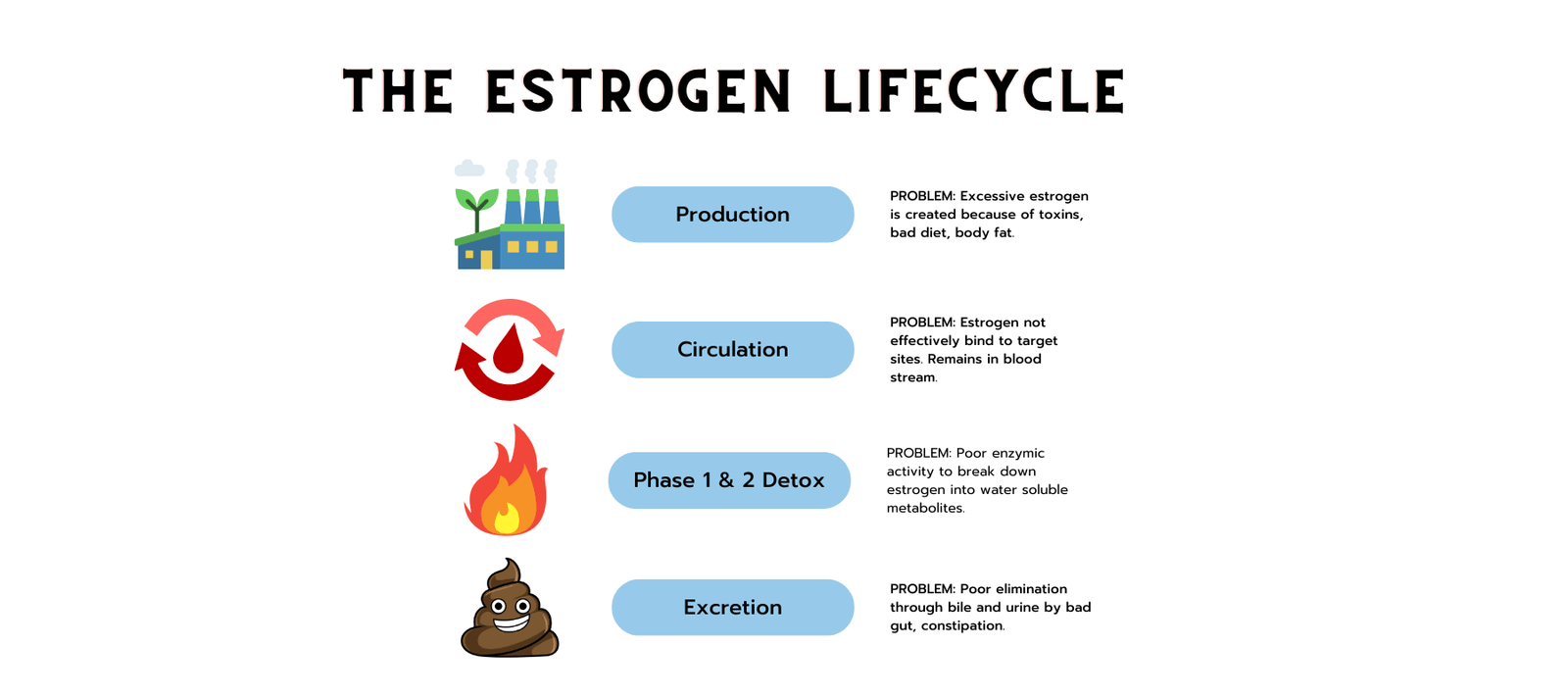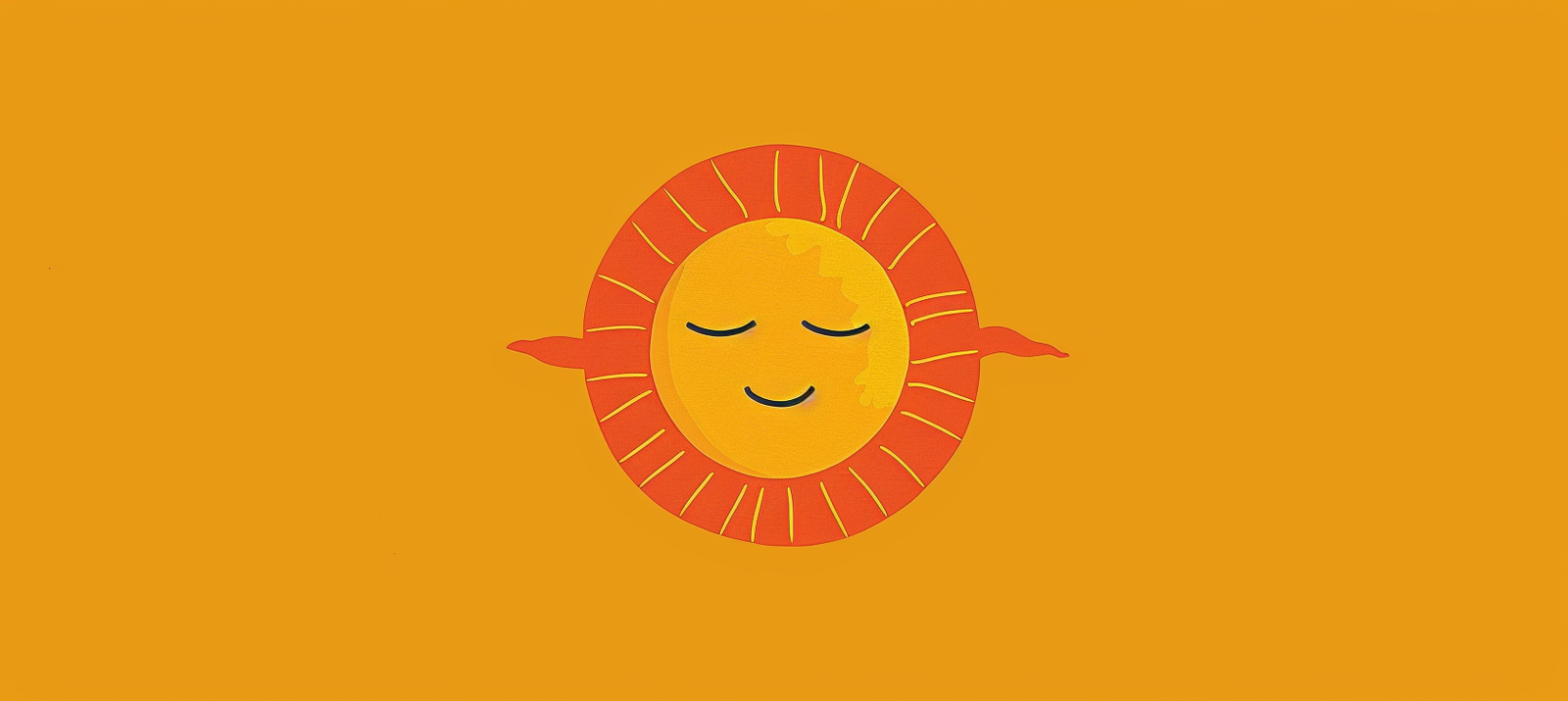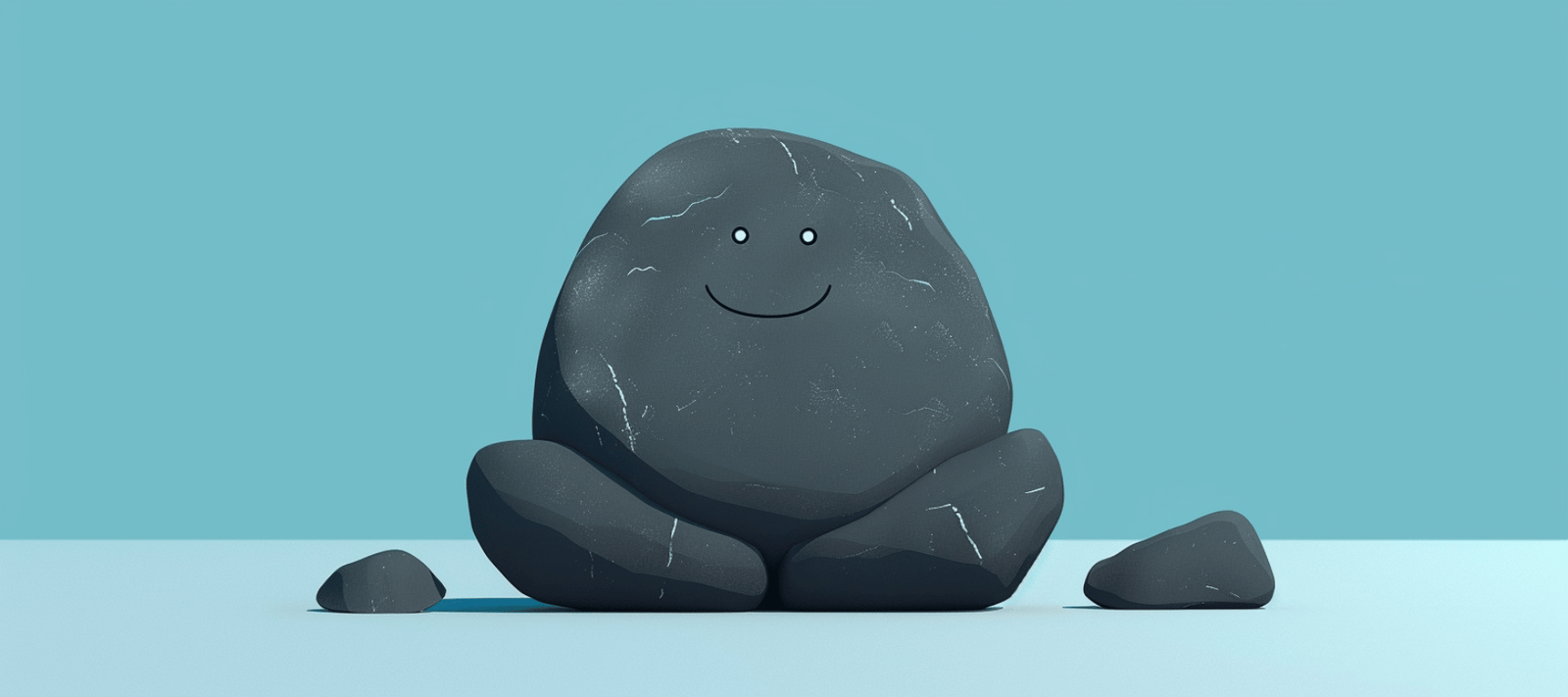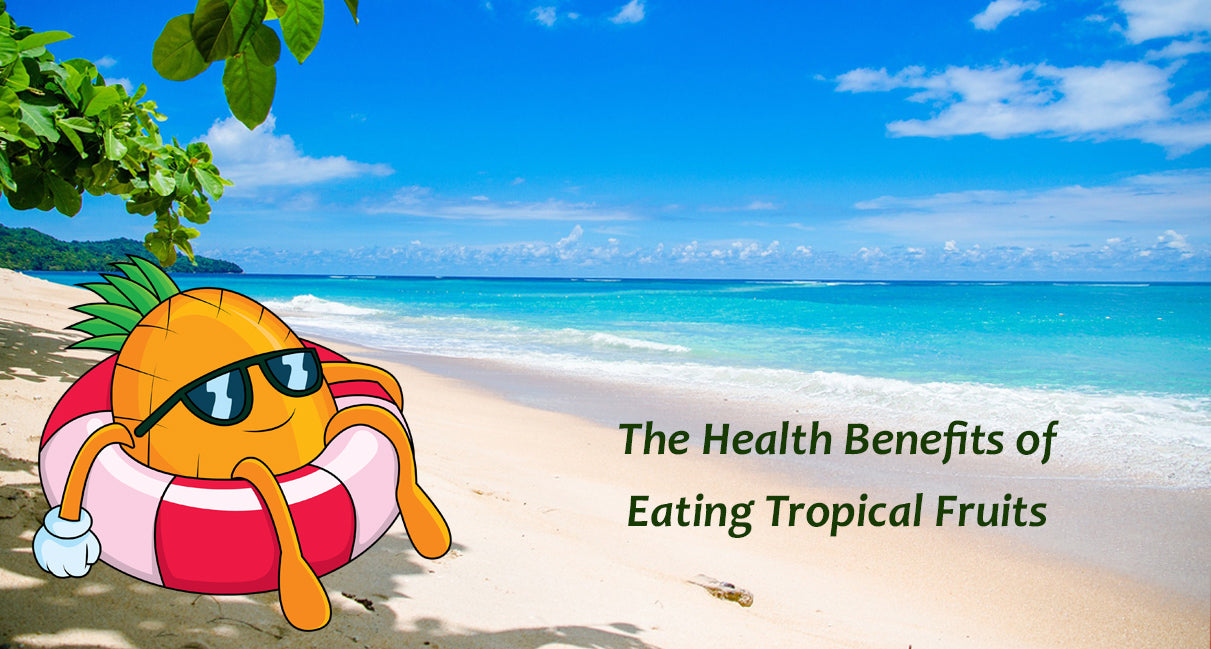Today, I want to show you exactly where in the estrogen lifecycle estrogen dominance can occur.
Let's look at the chart:

Makes sense, right?
Let's add some further info on each stage:
Production
What is it: This is where our body turns cholesterol into (eventually) estrogen, testosterone, and cortisol.
Where it can go wrong: Excessive estrogen creation.
Caused by: Environmental factors, poor diet, stress, and exposure to endocrine-disrupting chemicals (xenoestrogens) can lead to the overproduction of estrogen. Conditions like obesity can also increase estrogen production because adipose tissue (fat) can produce estrogen.
What helps: Vitamin D3 helps regulate your production of hormones. It ensures that the glands involved in hormone production, like the ovaries and adrenal glands, function optimally.
Circulation
What is it: Estrogen is circulated around the bloodstream. We use sex hormone-binding globulin (SHBG) to regulate how much estrogen is 'actively' available to bind to target sites.
Where it can go wrong: Insufficient production of SHBG means your effective traffic control system goes unchecked. Too much active estrogen circulates around the bloodstream. Conditions like obesity, insulin resistance, and hypothyroidism can reduce SHBG levels.
What helps: Vitamin D influences the production of SHBG, helping control the amounts of free estrogen in your blood.
Phase 1 Detox
What is it: Used estrogens and toxins are broken down by cytochrome p450 enzymes in the liver into water-soluble, safer metabolites.
Where it can go wrong: Poor liver and p450 enzyme function means you don't break down enough estrogen and toxins. You may also convert estrogen into the more harmful 16-alpha-hydroxyestrone metabolite.
What helps: Diindolylmethane (DIM) helps Phase 1 Liver Detox by making sure estrogen is broken down into safer, healthier forms instead of harmful ones. It does this by modulating the activity of the enzymes that break down estrogen. Sulforaphane in broccoli also enhances the activity of these enzymes.
Phase 2 Detox
What is it: The broken-down metabolites are then conjugated (bound together) and made even more water-soluble, ready to be excreted.
Where it can go wrong: Poor liver function and nutritional deficiencies can impair the conjugation process.
What helps: Estro Broccoli Complex specifically improves Phase 2 Detox. Calcium D-Glucarate aids in the conjugation process. Magnesium, a required cofactor in these reactions, is also crucial.
Excretion
What is it: Excreting the metabolized waste products through urine and feces.
Where it can go wrong: Constipation, dysbiosis (imbalanced gut flora), and poor liver or kidney function can impede the effective elimination of conjugated estrogens. If these metabolites are not excreted properly, they can be reabsorbed into the bloodstream, exacerbating estrogen dominance.
What helps: Our upcoming Good Gut prebiotics, probiotics, and digestive enzymes are designed to improve gut flora and bowel movements.
Regulation
What is it: This involves the overall monitoring and adjustment of hormone levels by the endocrine system, primarily through the hypothalamus-pituitary-gonadal axis.
Where it can go wrong: Dysregulation can occur due to deficiencies in key nutrients, hormonal imbalances, and conditions that affect endocrine gland function.
What helps: Vitamin D is crucial for proper endocrine system function. It supports the regulation of hormone production and ensures that the feedback mechanisms in the hypothalamus-pituitary-gonadal axis function correctly. Maintaining optimal levels of Vitamin D can help keep hormone levels balanced and reduce the risk of estrogen dominance.





Leave a comment (all fields required)